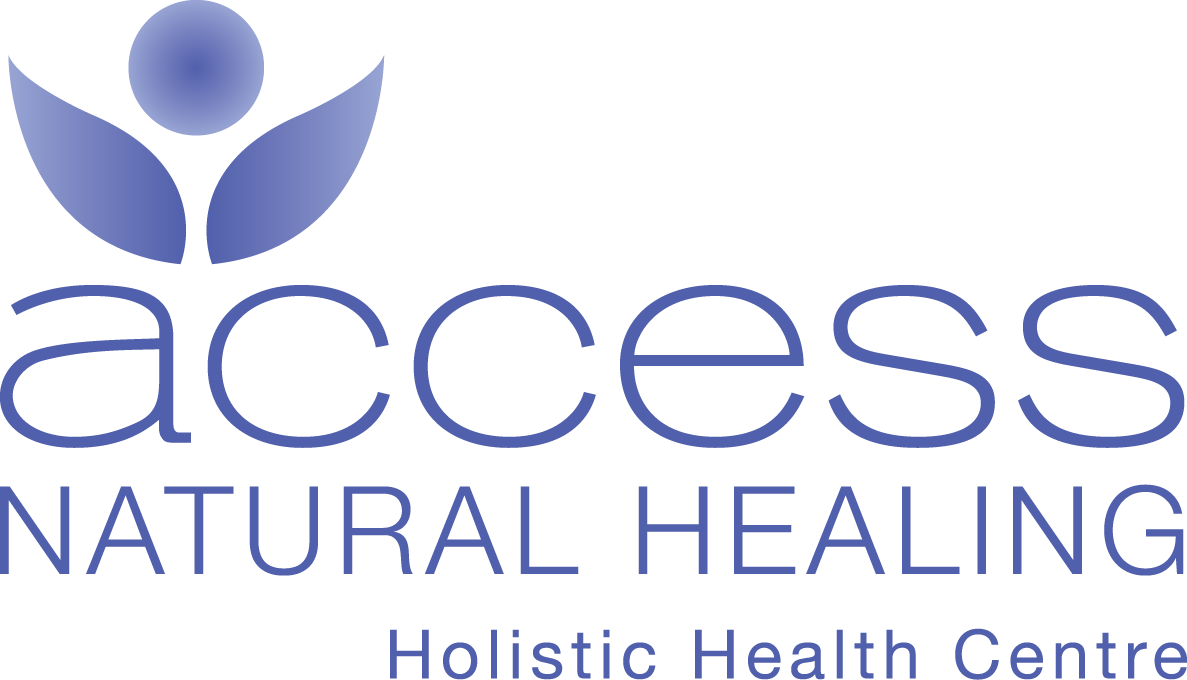Effective Cancer Treatment with Popular Cuban Homeopathic Drug Vidatox
What is Vidatox?
 Vidatox is a drug produced from five protein peptides extracted from the venom of the blue scorpion (Rophalorus junceus), which is endemic to Cuba and which has analgesic, anti-inflammatory and anti-carcinogenic effect in more than 15 different cancer cell lines. The result of 15 years of research, by October 2010 Vidatox had been tested on more than 10,000 cancer patients, some 3,500 of them foreigners, with positive results both in improving quality of life and stopping tumour growth.
Vidatox is a drug produced from five protein peptides extracted from the venom of the blue scorpion (Rophalorus junceus), which is endemic to Cuba and which has analgesic, anti-inflammatory and anti-carcinogenic effect in more than 15 different cancer cell lines. The result of 15 years of research, by October 2010 Vidatox had been tested on more than 10,000 cancer patients, some 3,500 of them foreigners, with positive results both in improving quality of life and stopping tumour growth.
Labiofam, a Cuban pharmaceutical laboratory, is set to release a new homeopathic cancer drug to the international market. Marketed as Vidatox, it is the result of work by Cuban biologist, Misael Bordier with the venom of the blue scorpion.
The medication was produced from over 5,000 scorpions of the Rhopalurus junceus variety, native to eastern Cuba. According to the company, it has no contraindications and is compatible with any other oncological treatment.
The company presented the results of its Vidatox research in its first international congress in late September in Havana before some 500 delegates from all parts of the world. Vidatox International Congress: Results of Scientific Research
The Company is all set to register its homeopathic version in coming days and go for its commercial production. The medication, and Labiofam says that its homeopathic version should be registered in the coming days and could be commercially produced immediately. González added that the company would continue research to produce synthetic or biotechnological versions of the compound.
Report on the Current Situation Regarding Vidatox 30 CH (Translated from Spanish)
 The use of natural products in traditional and alternative medicine is widely practiced today. In particular, the Poison Scorpion have been little studied and a few years ago began their potential pharmacological evidence.
The use of natural products in traditional and alternative medicine is widely practiced today. In particular, the Poison Scorpion have been little studied and a few years ago began their potential pharmacological evidence.
In Cuba there are 32 species and subspecies of scorpions, including 28 endemic among the most common being the scorpion Rhopalurus junceus the which has been used in traditional medicine to apply under the Cuban stomach in case of urinary retention and improvement of some diseases.
The 30 CH VIDATOX ® is the registered trademark for the drug homeopathic and natural (health record: H-11 – 038 – NO2) obtained from junceus Rhopalurus scorpion venom, endemic to Cuba, indicated as adjunctive therapy in the treatment of symptoms caused by effects of cancer and pain relief. The decision to produce is the result over 15 years of a research project aimed at characterization of the poison, and evaluating their potential as antitumor agent, analgesic, antiinflammatory, and toxicological safety.
Based on the evidence of safety and efficacy provided by the preclinical research, VIDATOX 30 CH was applied in a controlled study of 174 cancer patients of both sexes with histopathological diagnosis confirmed, which was administered 5 sublingual drops every 12 hours during the period 3/12/2007 to 2/2/2010.
Samples were grouped by location, neoplastic families, stage evolution of the disease, treatment received and the presence of cancer neoplasia. At the conclusion of the study period (2 years) lung, prostate, colon, breast and uterus were the most sensitive effect of the product. Similarly, it is demonstrated that administration of medication in 96% of patients, led to a life of greater than 12 months regardless of the location and stage of disease, especially in those patients for whom there were no treatment options available in conventional medicine.
 As another important clinical outcome may be mentioned that 90% of patients who received VIDATOX ® 30 CH in the dose given, reported improvement of clinical symptoms based on consultation, and in 62% of them initial pain evolved into a mild form that did not require treatment necessarily to their relief, while 27% said absence of pain.
As another important clinical outcome may be mentioned that 90% of patients who received VIDATOX ® 30 CH in the dose given, reported improvement of clinical symptoms based on consultation, and in 62% of them initial pain evolved into a mild form that did not require treatment necessarily to their relief, while 27% said absence of pain.
This latter aspect of his enormous influence on the quality of life of patients, is important to detail that 62% of patients with presence of severe pain with continuing need for medication (level 2), after treatment passed to the condition of minimal or moderate pain without medication (level 1).
Generally in patients comprising the sample are referred to herein has been:
- Improvement in pain
- Improvement of inflammation
- Improvement in hematologic parameters
- Improvement of appetite
- Improvement of general health
- Improved function in organs and systems affected
- Weight gain
- Reduction of cough
- Desire to live
We conclude that the use of 30 CH VIDATOX ®, can improve the quality of life, increase survival and slow tumor growth without the appearance of patients today cause undesirable symptoms and cytostatics radiation to which we subject our patients.
In this context, one should not ignore the massive consumption of the product for more of 26,000 people, from October 1 to April 10 of 2010 without reported adverse effects to date of application, confirming the preclinical experimental results.
MSC: Fabio De J. Linares Pazoz
Production manager Laboratories Homeopathic Products
LABIOFAM-CUBA









